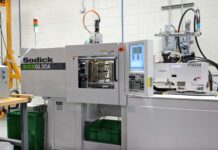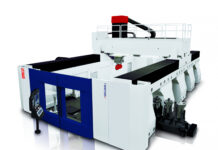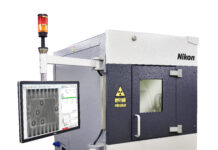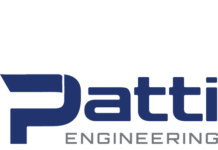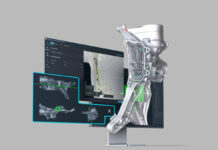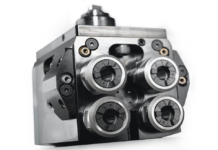
The manufacturing industry is currently facing a significant labor shortage, a challenge that has been exacerbated by the COVID-19 pandemic and the retirement of the baby boomer generation. This shortage poses substantial risks to productivity, profitability, and overall operational efficiency. Understanding the underlying causes and developing effective solutions is crucial for industry leaders and risk managers.
Causes of the Labor Shortage
Several factors contribute to the labor shortage in manufacturing:
- Aging Workforce: A significant portion of the manufacturing workforce comprises baby boomers who are now reaching retirement age. The departure of these experienced workers creates a gap that is difficult to fill with younger, less experienced employees.
- Perception of Manufacturing Jobs: Many young people view manufacturing jobs as outdated, low-paying, and lacking career advancement opportunities. This perception discourages them from pursuing careers in the industry.
- Skills Gap: The rapid advancement of technology in manufacturing requires workers with specialized skills. There is a growing mismatch between the skills required by modern manufacturing processes and the skills possessed by the available labor force.
- Economic Factors: Economic fluctuations, such as recessions and slowdowns, can lead to layoffs and reduced hiring in the manufacturing sector. This uncertainty makes it challenging to attract and retain workers.
Risks Associated with the Labor Shortage
The labor shortage in manufacturing introduces several risks that can affect overall operations:
- Workplace Injuries: With fewer workers available, existing employees may be required to work longer hours or take on additional responsibilities, increasing the risk of fatigue-related accidents and injuries.
- Product Liability: A shortage of skilled workers can lead to quality control issues, resulting in defective products. This can expose manufacturers to significant product liability risks and damage their reputation.
- Property Damage: Inexperienced or overworked employees are more likely to make mistakes that could lead to equipment damage or operational disruptions.
- Production Delays: Insufficient staffing can cause production bottlenecks and delays, leading to missed deadlines and dissatisfied customers.
Strategies for Mitigating the Labor Shortage
To address the labor shortage, manufacturers must implement comprehensive strategies that focus on attracting, retaining, and developing talent:
- Promote Manufacturing Careers: Manufacturers need to change the perception of manufacturing jobs by highlighting the industry’s technological advancements, competitive salaries, and career growth opportunities. Outreach programs targeting schools and colleges can help attract young talent.
- Invest in Training and Development: Providing ongoing training and development programs can help bridge the skills gap. Manufacturers should offer apprenticeships, internships, and partnerships with educational institutions to equip workers with the necessary skills.
- Adopt Automation and Technology: Leveraging automation and advanced manufacturing technologies can help mitigate the impact of the labor shortage. While technology cannot replace all human workers, it can enhance productivity and reduce the reliance on manual labor.
- Improve Working Conditions: Enhancing the work environment by offering flexible schedules, competitive benefits, and a focus on employee well-being can make manufacturing jobs more attractive.
- Retention Strategies: Implementing retention strategies, such as recognition programs, career development opportunities, and employee engagement initiatives, can help retain valuable employees and reduce turnover.



